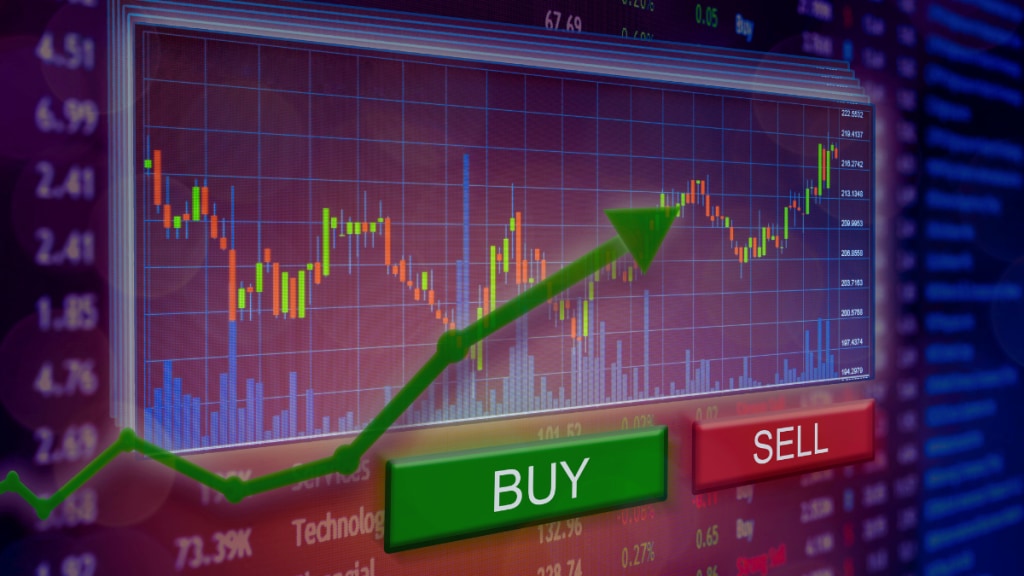After hitting a lifetime high of 85,836 points on September 26, 2024, the Sensex has corrected sharply over the past year. A slew of factors contributed to the slump, including concerns over US tariffs, heavy selling by foreign portfolio investors ($28 billion) and lower-than expected corporate earnings.
One-Year slump: The numbers behind the correction
As a result, the benchmark indices – Sensex and Nifty – have fallen around 6% from their closing all-time highs recorded on September 26 last year. In dollar terms, the fall is even more – around 11% – placing the domestic market in the third- and fourth-last position in the Asia-Pacific region.
The broader indices have performed worse, with the BSE Mid-cap index falling 9.33% and the BSE Small-cap down 8.36%.
However, coming on the back of a tremendous run, the decline in the past year has not been alarming. Sample this: From their Covid lows seen in March 2020 to September 26 last year, the Nifty had surged 230% and Sensex 244%. The broader indices rose even more, with the BSE Midcap rising more than 400% and the BSE Small cap 543%.
Green shoots and expert outlook: The road ahead
While experts have advised investors to temper their returns expectations, they see green shoots in the form of implementation of GST 2.0 that could boost consumption and help corporate balance sheets. Add to that, a 100-basis point rate cut by the Reserve Bank of India (RBI) is also likely to aid home and auto buying. At the same time, the large number of initial public offerings (IPOs) in the pipeline could divert funds from the secondary market.
A Balasubramanian, MD and CEO of Aditya Birla Sun Life AMC, noted that the market has been going through a consolidation phase as well as a time and value correction, which is making the valuation close to the long-term average. “The recent cut in GST and rate reduction should ideally push the GDP growth and thus corporate profitability,” he said, adding that the market should find more support at these levels.
During the one year ended September 26, the Nifty and the Sensex hit a low of 22,082.65 and 72,989.93, respectively, in early March. From those levels, they recovered 10.2% and 11.7%.
According to Arun Kejriwal, founder, Kejriwal Research & Investment Services, a 6% fall doesn’t mean anything in the kind of global uncertainty that is currently at play.
He noted that investors have quadrupled during this period and their expectations have gone up illogically. He believes that expecting 12-15% this year is good.
Data show that September could see 25 mainboard companies launch their IPOs, the busiest month in nearly three decades. NSE data show that so far this month, 18 companies have collectively raised `10, 675 crore, while the remaining seven are expected to raise a total of `2,627 crore.
